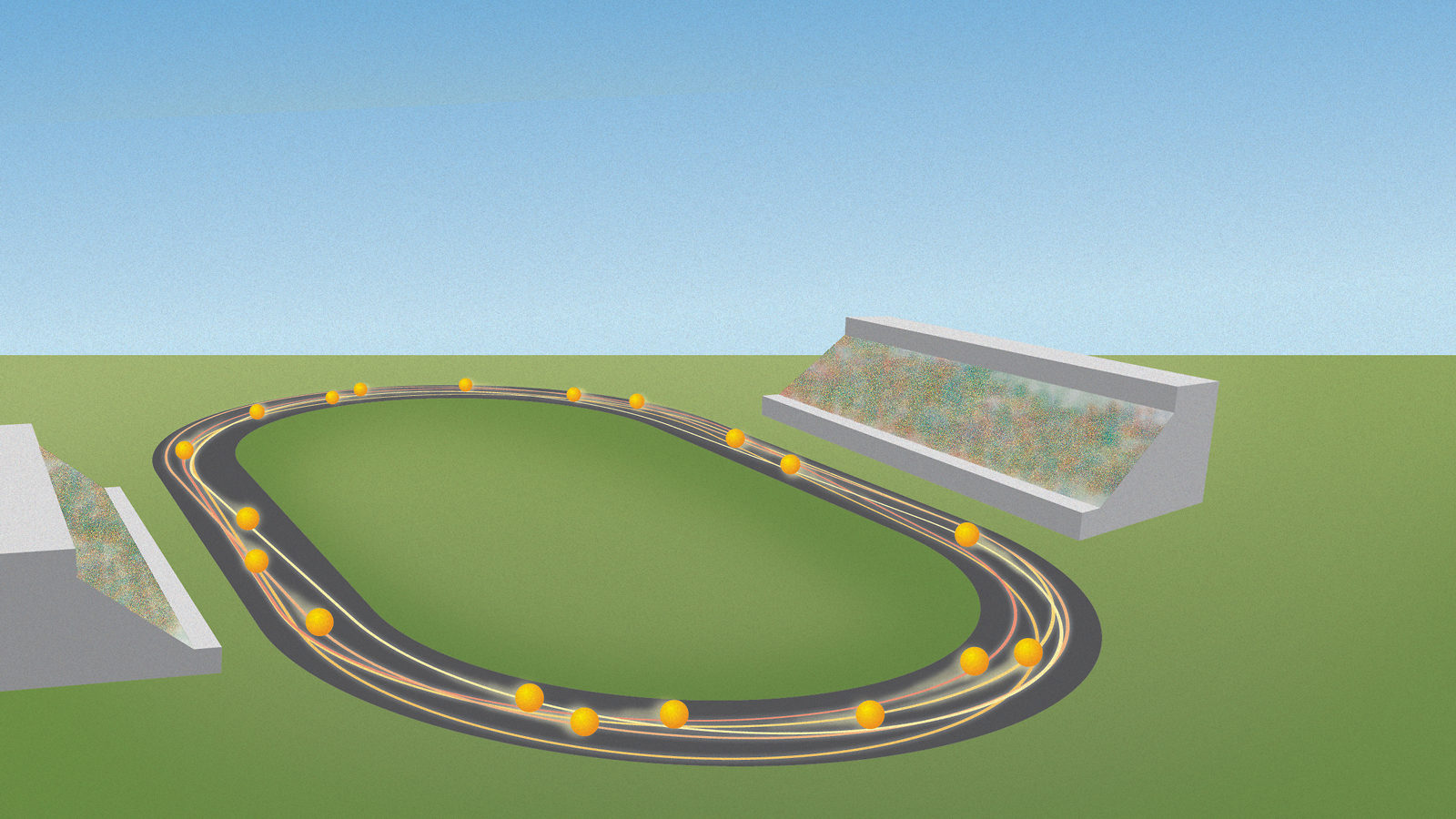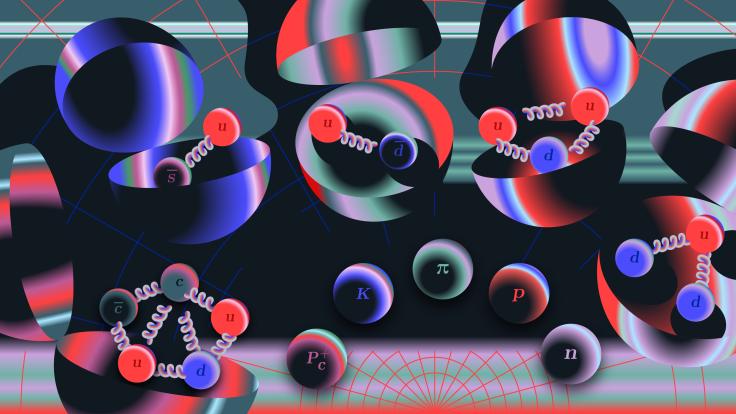Explain it in 60 seconds
Particle accelerators (often referred to as “atom smashers”) use strong electric fields to push streams of subatomic particles—usually protons or electrons—to tremendous speeds.
Accelerators by the thousands are at work worldwide. The particle beams they generate are used to zap tumors, aid in medical diagnosis, and study and control manufacturing processes in industry. In specialized accelerators known as lightsources, the particles race around a ring to generate bright X-rays that illuminate complex biological structures and other phenomena.
The most powerful accelerators are dedicated to basic research, advancing our knowledge of the structure of matter and the nature of our universe. These machines function as super-microscopes and reveal the smallest constituents of matter. They smash particles into stationary targets or accelerate two beams to almost the speed of light and make the particles collide head-on. The particles instantly transform into energy in accordance with Einstein’s famous equation, E=mc2. Then all the energy released by the collision converts back into matter, creating new particles that perhaps have never been seen before.
The higher energy an accelerator achieves, the heavier the particles it can create, and the more detailed are its studies of the laws of physics at the smallest scales.













